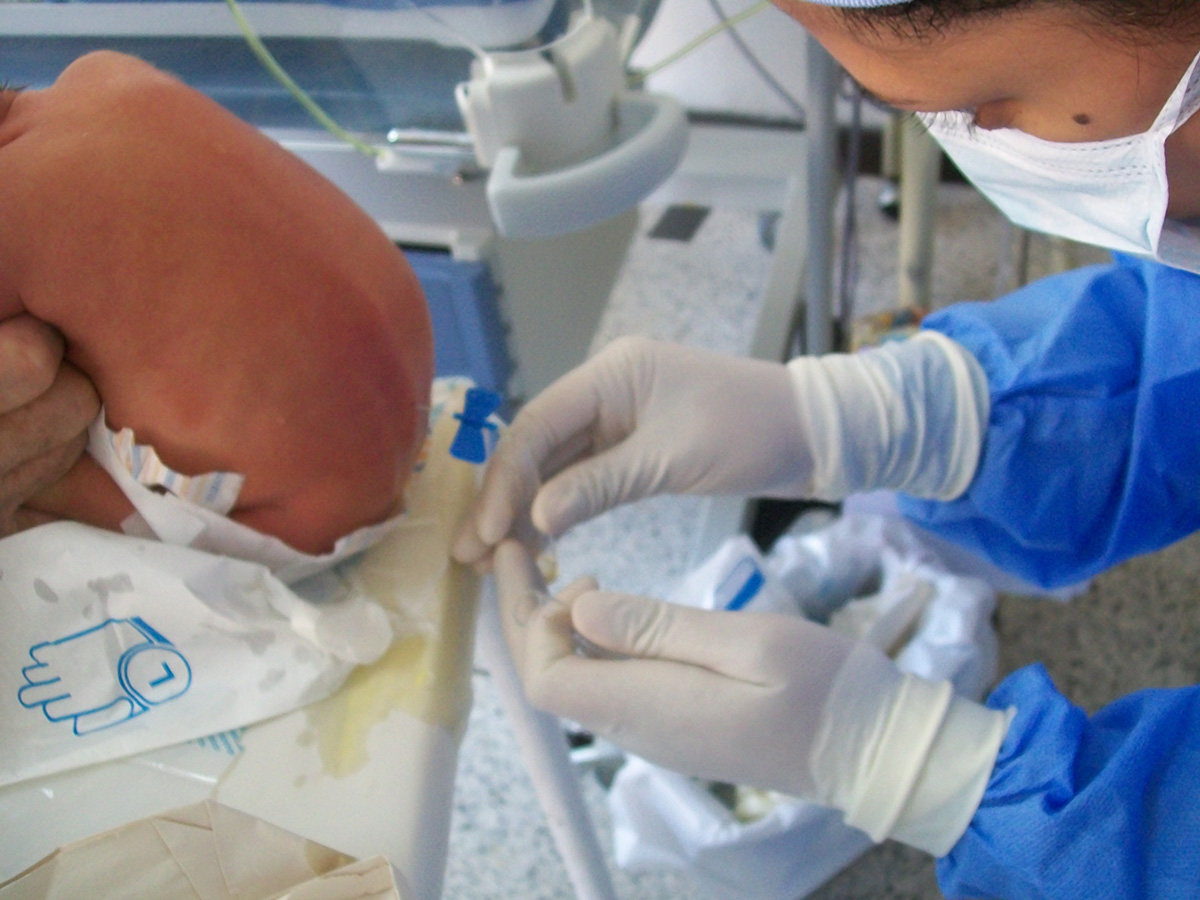
Spinal tap procedure is a medical procedure in which samples of cerebrospinal fluid are taken in order to help the doctor to set the diagnosis of the disease. Taken cerebrospinal fluid is microscopically and pathohistologically examined.
This procedure is performed in a variety of medical conditions. It is regularly done if the doctor suspects on meningitis. This way the presence of infective agent in cerebrospinal fluid can be confirmed. And in viral meningitis increase in certain substance can lead to easier set up of the diagnosis. Apart from infections spinal tap procedure is also performed in subarachnoid hemorrhage and unexplained seizures. It can be also helpful to determine the cause of headache in some patients.
Spinal Tap Procedure
The patient does not have to prepare for the procedure. Still he/ she needs to be fully informed about the very procedure and its potential risks. Spinal tap lasts approximately 10 minutes. Patients are placed on one side and their legs and hips are flexed towards the chest. The procedure is performed in sterile conditions. The doctor will palpate the patient and identify the fourth or the fifth lumbar space where he/ she is going to insert the needle. Before the insertion of the needle the patient is injected local anesthetic. After the doctor collects the cerebrospinal fluid the needle is removed and the place of insertion is covered with sterile bandage. Right after the procedure the patient must lie on his/ her back to reduce the possibility of later headache. The place of insertion needs to be checked for potential signs of infection and it may be tender for a few days.
Risks of Spinal Tap Procedure
In majority of cases, patients complain about headaches. This is so called post lumbar puncture headache and it may occur within two days after the procedure. It does not last longer than two days. This headache may get worse if patients stand up or are sitting. This complication can be successfully avoided if patients drink plenty of fluids. Coffee or coke may be of amazing help in prevention of this type of headache.
Another possible complication is herniation of brain tissue. It occurs due to the presence of increased intracranial pressure. This is why the doctors need to rule out the possibility of increased intracranial pressure before they perform spinal tap.
Bleeding can be another complication of spinal tap. It occurs due to the injury of the blood vessels.
In rather rare cases during the procedure epidermoid tissue can be implanted into the spinal canal. This tissue can eventually form epidermoid cyst. Luckily, this complication is easily avoided if a needle without a stylet is used.


_f_280x120.jpg)














Your thoughts on this
Loading...